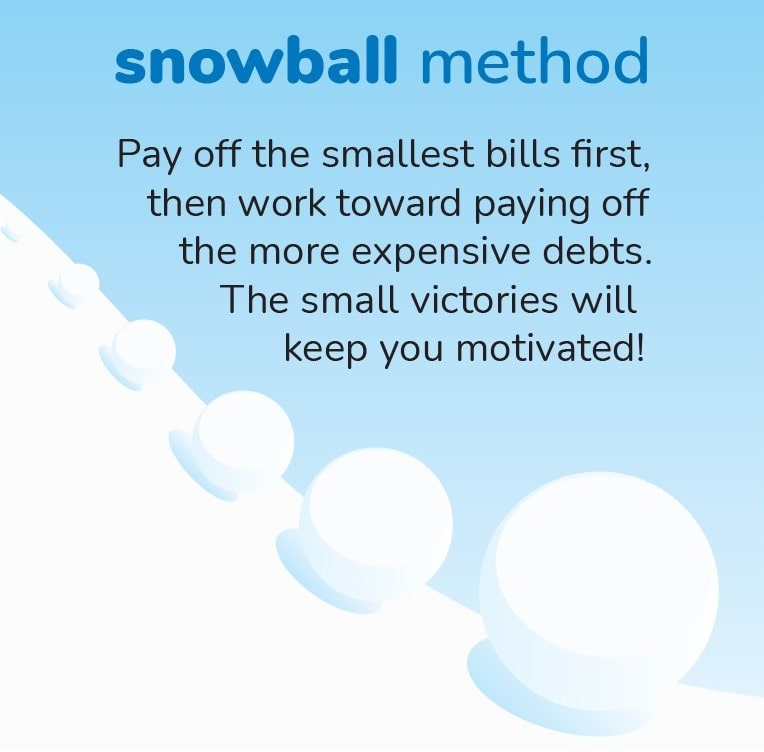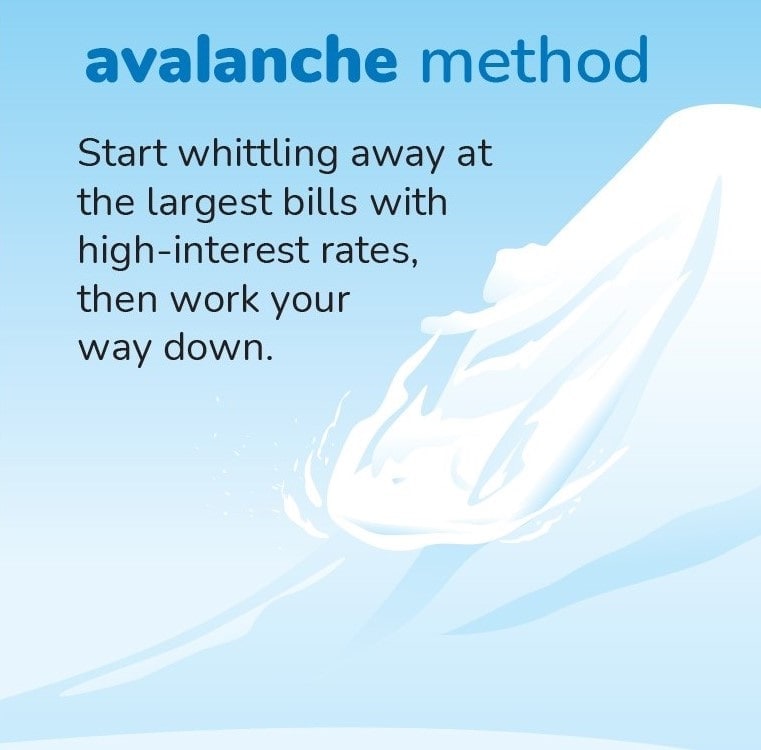

the debt dilemma – realistic strategies to get back on track
4 ways to help you chip away at debt and pay off your loans for good
An estimated 75% of working Americans are in debt.1 Between credit cards, medical debt, car loans, and education repayment, inflation and high living costs are making it harder and harder for the average American to make ends meet. If you find yourself struggling and looking for a way to work towards a debt-free life, there may be options out there to help you reach your goals.
Look for ways to make extra money
Sometimes it just comes down to needing more money. If you have debt you are just determined to get rid of, start looking into other streams of revenue. Maybe you can work for a food delivery service or start a small dog walking business. Is there a store you’ve always loved shopping at? Consider working part-time or on the weekends. Do you have old clothes lying around the house? Take them to consignment and see if you can get any extra cash out of them. What about technology, furniture, or other home goods you no longer need and/or use? Try selling them through local online marketplaces. When you take all your extra money and put it towards your debt, you may be surprised at how much you knock out.
It may seem stressful to look at the amount of debt you have, but it’s better to face it head on than put it on the backburner – even if it takes years to pay off. Not sure where to start? We’re here to help. For a personalized approach, get in touch with your local banking center to meet with a financial specialist and build a unique financial strategy. Don’t get discouraged by the amount of debt you have – financial freedom is within reach, and these small steps can help you get there.

